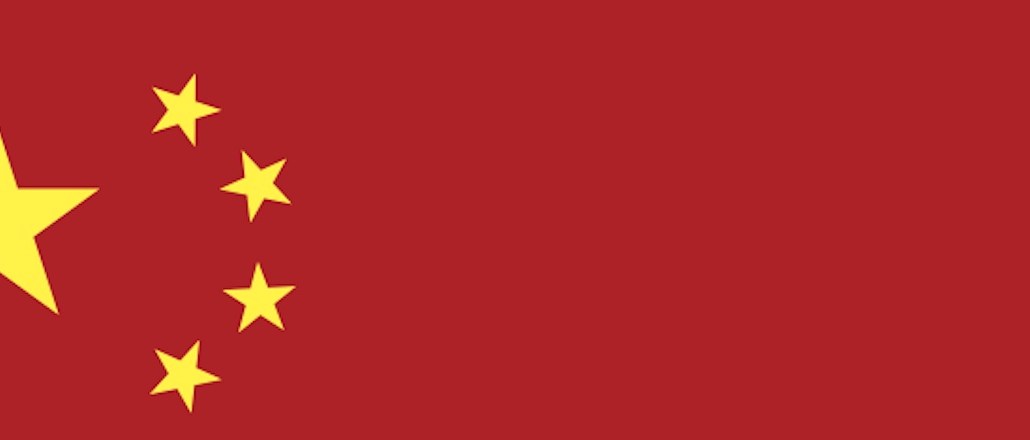
This is Global Creative, a new series by Digiday that highlights the nuances of advertising scenes in different parts of the world, through the eyes of an established creative from there.
China, now the second-largest ad market in the world, has yet to fully mature as a creative hotbed. But the conditions are ripe for that to change as the country continues its remarkable transformation from a mostly agrarian economy to a commercial powerhouse.
Tim Doherty, the chief creative officer of Isobar China, has witnessed China’s remarkable progress over the past two decades. He first came to China as an English teacher in the early 1990s and returned in 2008 after stints at Ogilvy and FCB in the U.S.
“This is a fascinating time to be in China,” said Doherty. “There is this kind of energy and quirkiness that feels very different from what people have typically associated China with.”
Here is Doherty’s insider tour through the Chinese ad industry.
China’s a bustling social media market.
Facebook and Google may not be happy about China’s Great Firewall, but it has given rise to homegrown social media. From Wechat to Tencent to Weibo, there is no dearth of social networks that brands can tap into. Social media ad spend in China is expected to grow at a compound annual growth rate of 67.6 percent through 2018, according to Magna Global Intelligence and UM China.
“My time here has almost perfectly overlapped with the whole explosion of social media,” said Doherty. “These platforms are so big and so important that they are starting to act almost like agencies and deal directly with clients.”
Ad position: web_incontent_pos1
Its population is one of the most digitally-savvy.
China has the world’s largest and fastest growing population online with over 649 million users, according to official figures from The China Internet Network Information Center. And unsurprisingly, the growth of mobile is the driver behind the increase, with 80 percent (557 million) of users using smartphones and tablets to connect.
“Digital in this market, especially if you’re looking to target the younger segment, is critical,” said Doherty. “Maybe it’s the single child policy coming into play, but Chinese kids reach out to their classmates and their peer groups in the way you would have talked to a sibling, but digitally. It’s a really weird sociological case study happening in real time.”
And e-commerce is exploding too.
Players like Alibaba have revolutionized e-commerce in China, and e-commerce transactions in China are projected to hit USD 540 billion this year. Moreover, the Chinese have their own version of Black Friday and Cyber Monday in the form of “Singles Day,” which is double in size. Observed on November 11, it has become the world’s biggest online shopping day, with sales surpassing $9.3 billion in just 24 hours on Alibaba’s various shopping sites last year.
“The Chinese like digital puns — it comes from the idiographic nature of Chinese characters,” said Doherty.
There’s tons of entrepreneurialism, even in advertising.
Ever since China started opening up its economy, entrepreneurialism has thrived there. The same is true of the advertising world, according to Doherty. While the big global shops started focusing on China in the late ‘90s and early 2000s, the state of advertising now has moved into the next phase, where creatives aren’t afraid to set up shops independently. Andrew Lok, an ex-BBDO ECD who founded agency Civilization is just one of the myriad examples.
Ad position: web_incontent_pos2
“There’s something happening here that feels a little ‘Wild West,’ but it is still very much first generation,” said Doherty. “There’s a reason why a white guy like me still has a job here.”
And creativity is evolving.
While creativity in China may still be too “literal” for Western tastes, there is “a great attention to craft,” according to Doherty. Clients are getting experimental, and agencies have also begun pushing the envelope. Recent campaigns have won global recognition, including a print campaign by JWT and Samsonite and have been shortlisted at Cannes, like Lyric Coke, where Isobar worked with Coke in China to change their packaging to incorporate pop lyrics — letting young Chinese consumers share how they feel through song. Tastes are rapidly changing, with younger, Internet-savvy Chinese preferring a more playful and quirky tone of advertising, very different from previous generations.
More in Marketing

In the marketing world, anime is following in the footsteps of gaming
As marketers look to take advantage of anime’s entry into the zeitgeist, they might be wise to observe the parallels between the evolution of anime as a marketing channel and the ways brands have learned to better leverage gaming in recent years.

With the introduction of video ads and e-commerce, Roblox looks to attain platform status
Roblox is expanding into more areas than just ads in 2024. Much like platforms such as Amazon and Facebook have transcended their origins to evolve from their origins as online marketplaces and social media channels, Roblox is in the midst of a transformation into a platform for all elements of users’ virtual lives.

PepsiCo wants to remain a ‘driver of culture’ as it turns to influencers and activations amid rebrand
The soda-maker says it can translate cultural relevance into sales volume.
Ad position: web_bfu